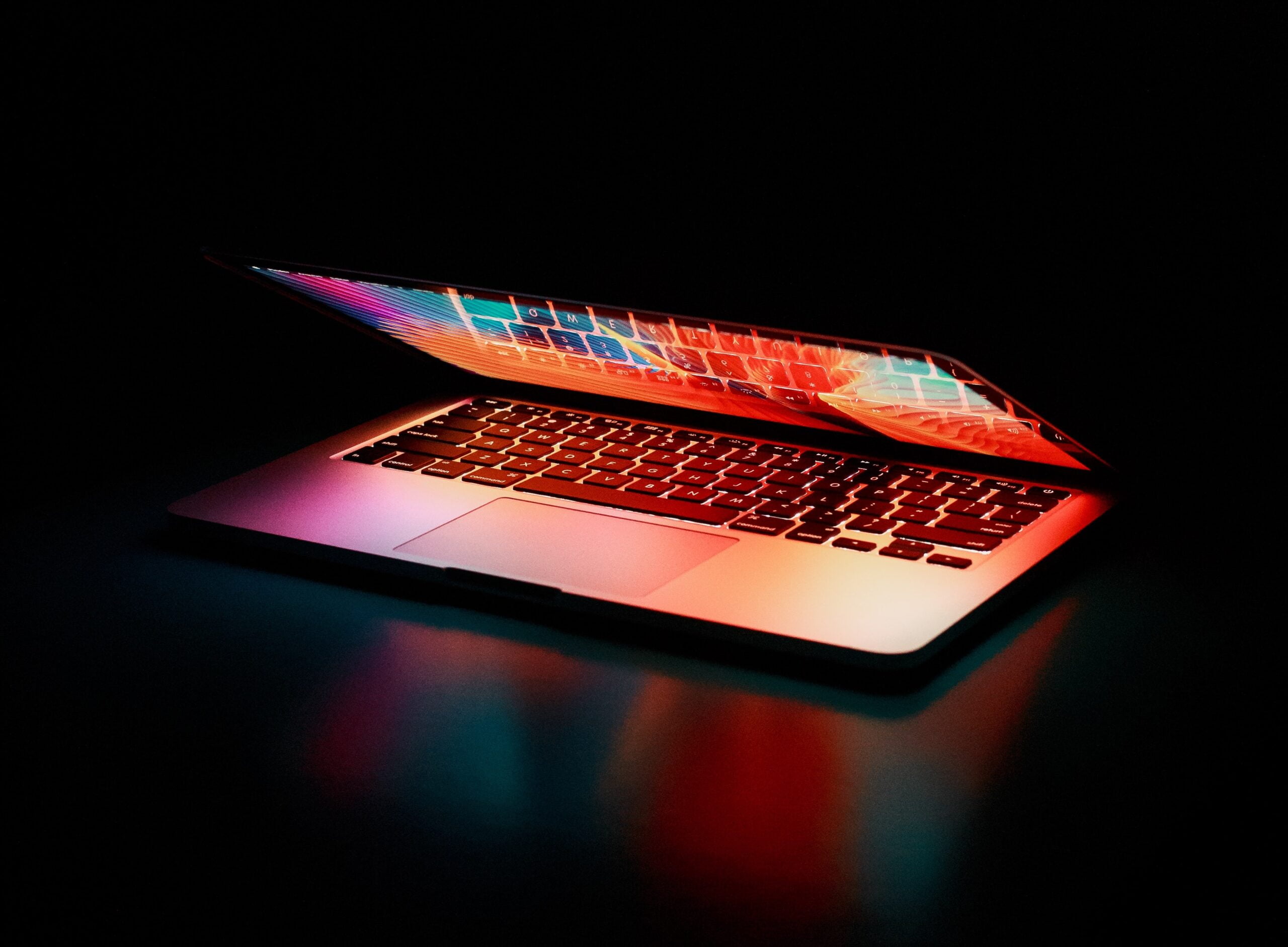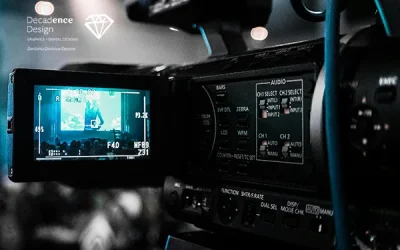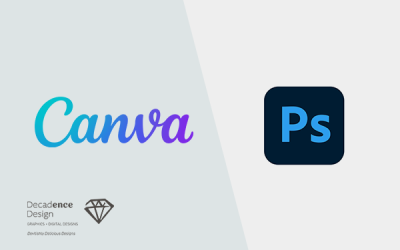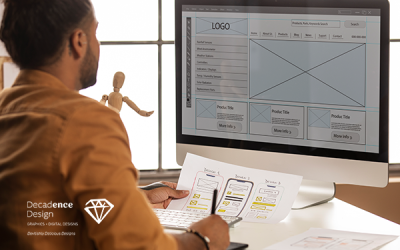Each year’s web design trends promise to beam us into the scifi future of our fantasies, given that they are based on technology. But for 2021, the predictions from our team of web designers suggest the opposite. Rather than trying to perform hi-tech fantasy on web pages, the trends of 2021 appear to share another common theme: the seeking of pure realism. As such, the following 9 web design trends are guaranteed to create a website that truly stands out in the year ahead.
- Asymmetrical layout
The layout of your website forms the structure of the arrangement of visual elements. While symmetry gives the website stability and brings everything in order, asymmetric layouts present a different set of advantages: the visual effects are more dynamic and smarter, and they make you feel freer during the process of design.
There is a stereotype about asymmetry that it suggests a lack of balance. However, every website can have visual balance regardless of symmetry. Visual harmony can be achieved as you take into account the colour, size and movement of your elements before you arrange the composition. To design a website that attracts the most viewers, choosing a website template that uses an asymmetric layout might be the answer.
2. Abstract art compositions
Abstract shapes, especially the geometric graphs of circles and squares, always represent the simplism and minimalism in web designing. However, in 2021, by incorporating them into complex, sprawling compositions, you might find the design reminiscent of photography. These abstract graphs revoke motions even without images of people, with their energetic Pollock-esque compositions and many and vibrant colors, the result is web pages that feel infectiously expressive and alive.
3. Adding video elements
Adding a video element is one of the most common strategies in web designing. The videos of product features or promotions engage the audience as they convey the most important information in an alive and attractive way. Using editing tools make the video even more exciting and interesting. For example, tools like VideoBox allow you to choose the way your videos play – playing automatically, on a loop or slow-motion. Another creative feature is the revolutionary Video Mask, which enables you to crop videos into unique designs. These can be used to add comprehensive elements to your website, creating movement and excitement.
4. Appropriate colours
With the increasing volume of digital content in people’s daily lives, people are spending more on-screen time for both their work and leisure. Which makes overusing our eyes on screens almost impossible to avoid. Web designers have been taking users’ eye comfort into account with colour schemes that are easier on the eyes – middle ground soft colors, such as wholesome green, pastel blue, warm brown or light pink. These not only make website colors become more alive than pure black or pure white, they induce calm and relaxation to users naturally.
5. Animation
Animation has now become a widely-used visual element in web design with rapidly increasing possibilities. Animations enrich user’s web surfing experiences than purely viewing information. With the interactions with lines of articles, graphs or even the whole page, it is easy to catch visitor’s attention and give them a strike impression. The use of animation is not only aesthetic, it can also direct users’ actions. The users can just pay attention exactly to what you want them to know. Animation is always an excellent tool to provide visitors a unique surfing experience while getting the information they need.
6. Captivating questionnaires
The first impression of a website is one of, or THE most critical part of the surfing experience. An attractive landing page guarantees visitors’ willingness to continue to stay on your page. Rather than having the visitors passively receive the product descriptions and making decisions on their own, consider using questionnaires to create an interactive experience. These questionnaires ask personable multiple-choice questions that are focused on the visitors’ preference in order to cater suitable products for them.
7. Parallax scrolling
Since the introduction of parallax scrolling into web design in 2011, it has become clear that it has improved the interaction between web page and visitors. After a decade of development, we are still refining this subtle element to provide a more interesting and fluid user browsing experience. Parallax scrolling slows the background of the wed page while makes the content displayed in front moves faster when users scroll the page up and down, so as to achieve a three-dimensional presentation. With the appropriate use of parallax scrolling, your web page can become anything but boring.
8. Three-dimensional colours
Besides being eye-friendly, consider making colours more lifelike. Expect colors that are concentrated and three-dimensional, almost like fruit you can pick just from the screen. With the use of subtle shading, the planar icons are now having a rounded feel. This trend reflects the desire for colour realism in web design in 2021.
9. Accessibility
Accessibility is the key to make your website usable for more people. It is far more than a trend – designing a website that people with disabilities can accecss is a sign of great customer service.
From a design point of view, visual effects such as contrasting colors, large fonts and sharp images can make a web page easier to use. For example, adding alt text to your images will provide relevant information to users who can’t see properly. A more inclusive approach like this can also help improve the design strategy of your website. Check images suitability to the content by the alt text of the image can further strengthen the page’s message and improve overall usability.





